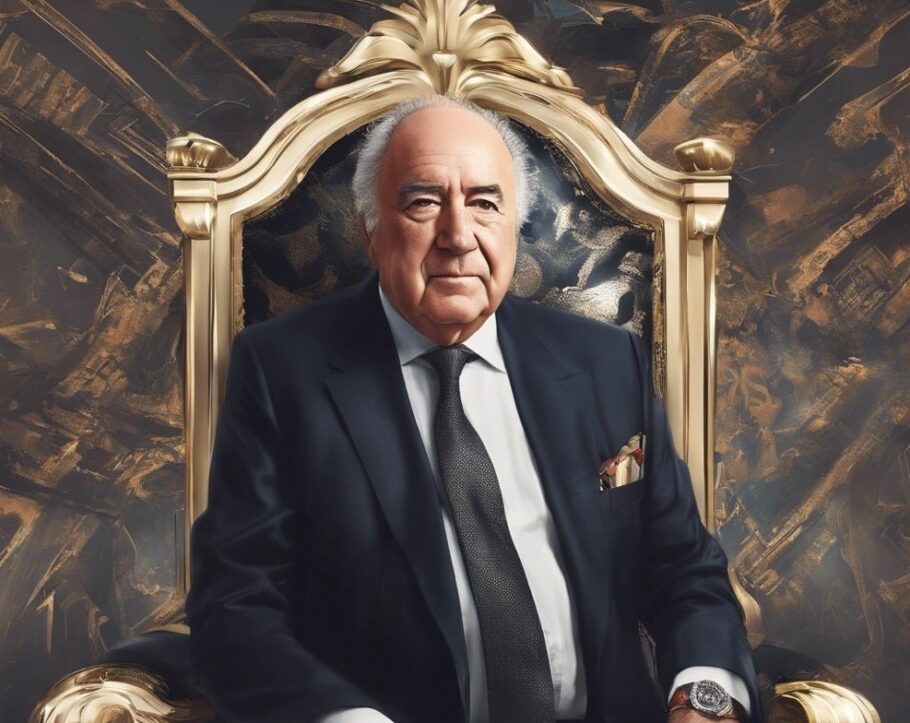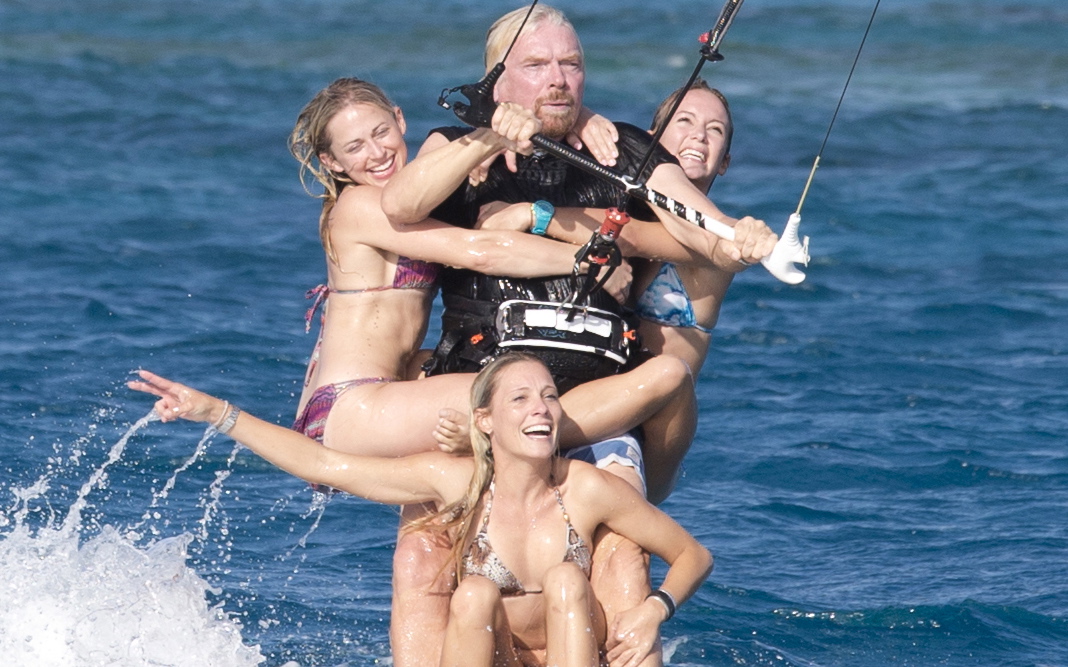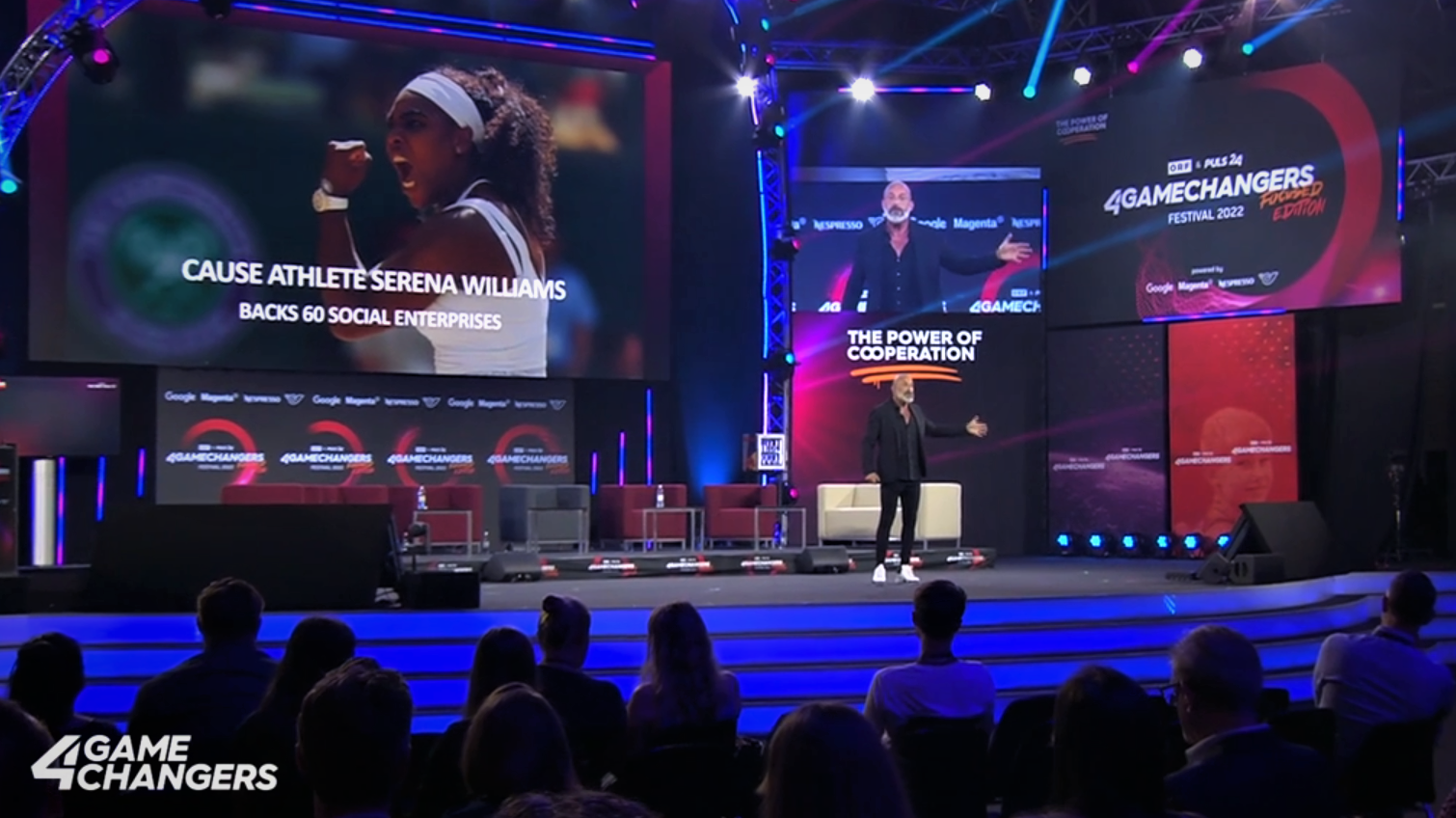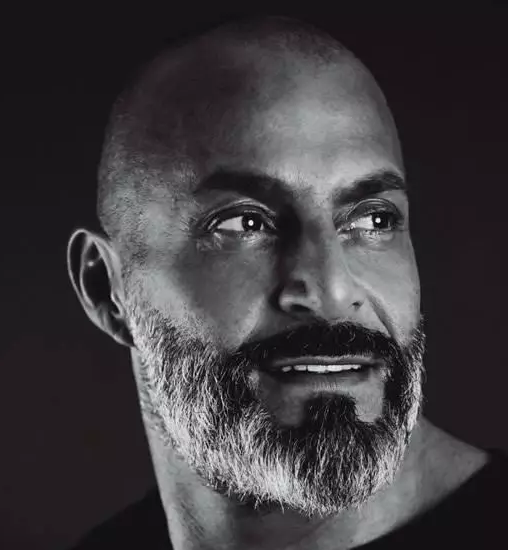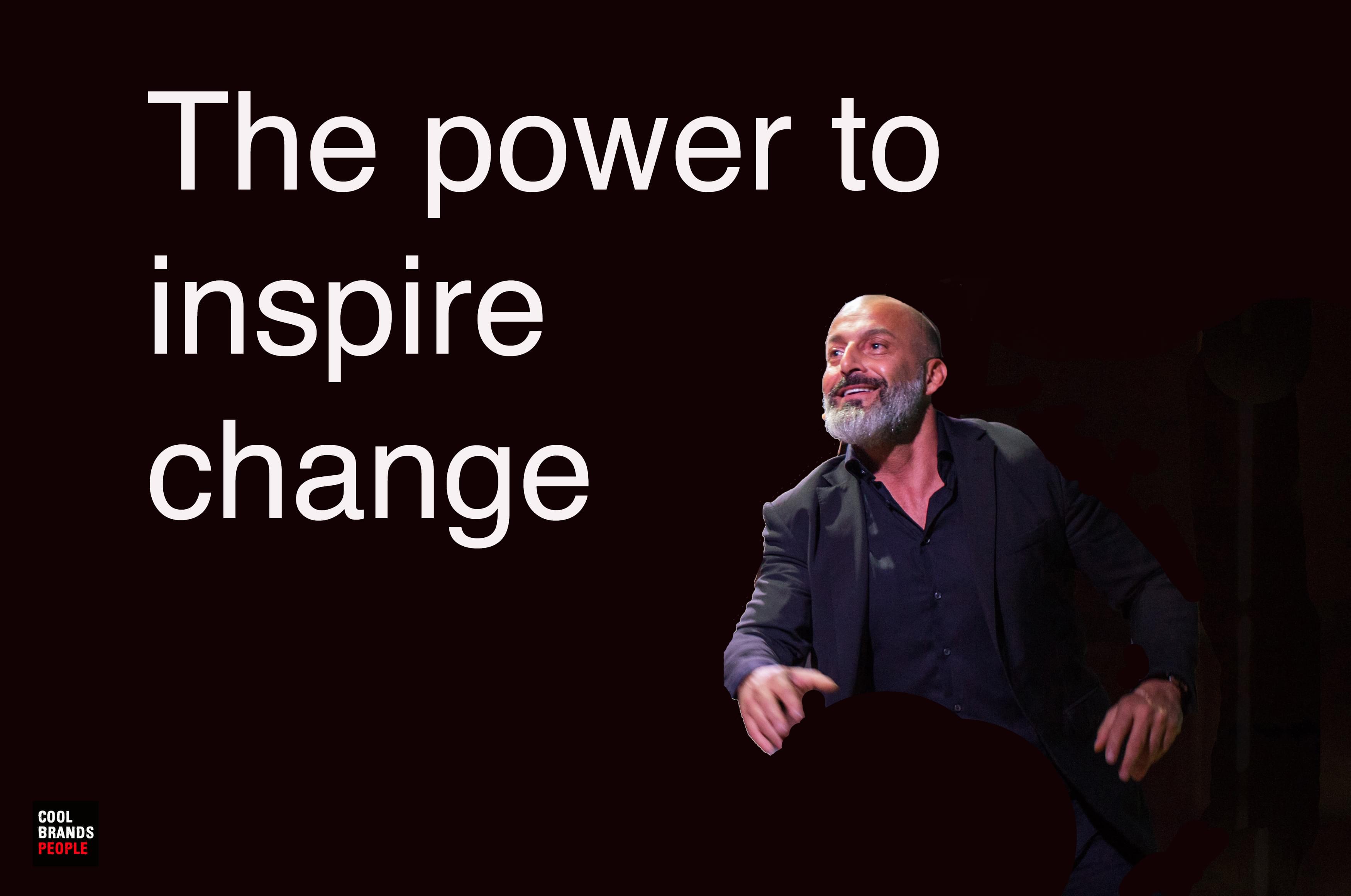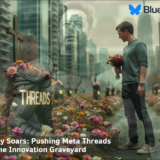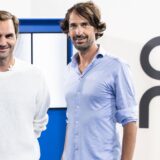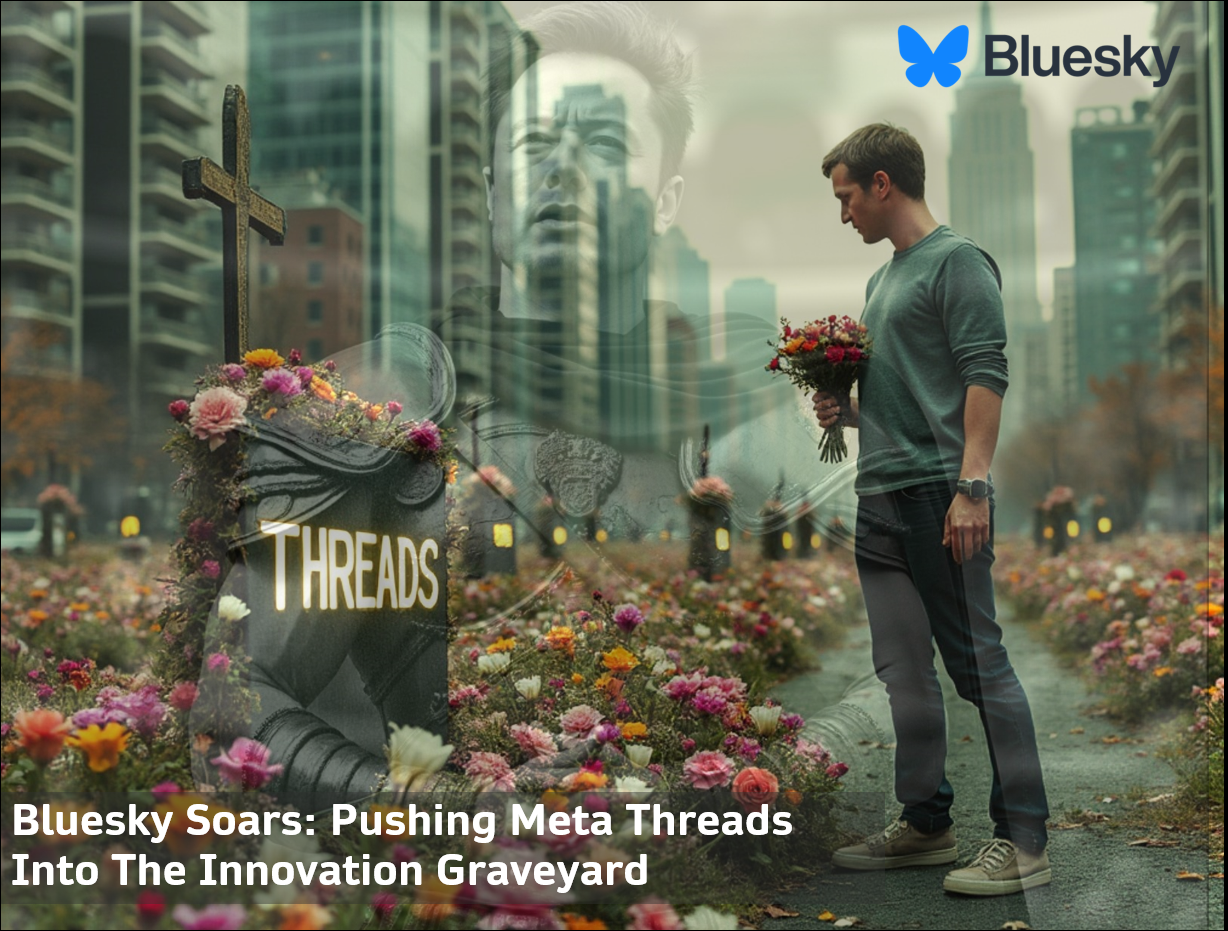What can we learn from fast fashion titan and Zara founder Amancio Ortega, the Spanish self-made multi-billionaire and social entrepreneur? His fashion retail empire, Inditex, includes brands such as Zara, Bershka, and Stradivarius.
For my keynote speeches at fashion brands and events, I seek out industry captains, outsiders, senseis, and social entrepreneurs who can inspire us to achieve our full potential.
I will cover another inspiring fashion icon soon! Join my mailing list if you like to be the first to know.
Find Your Sensei: a Mr. Miyagi, Mr. Han, or a Señor Ortega
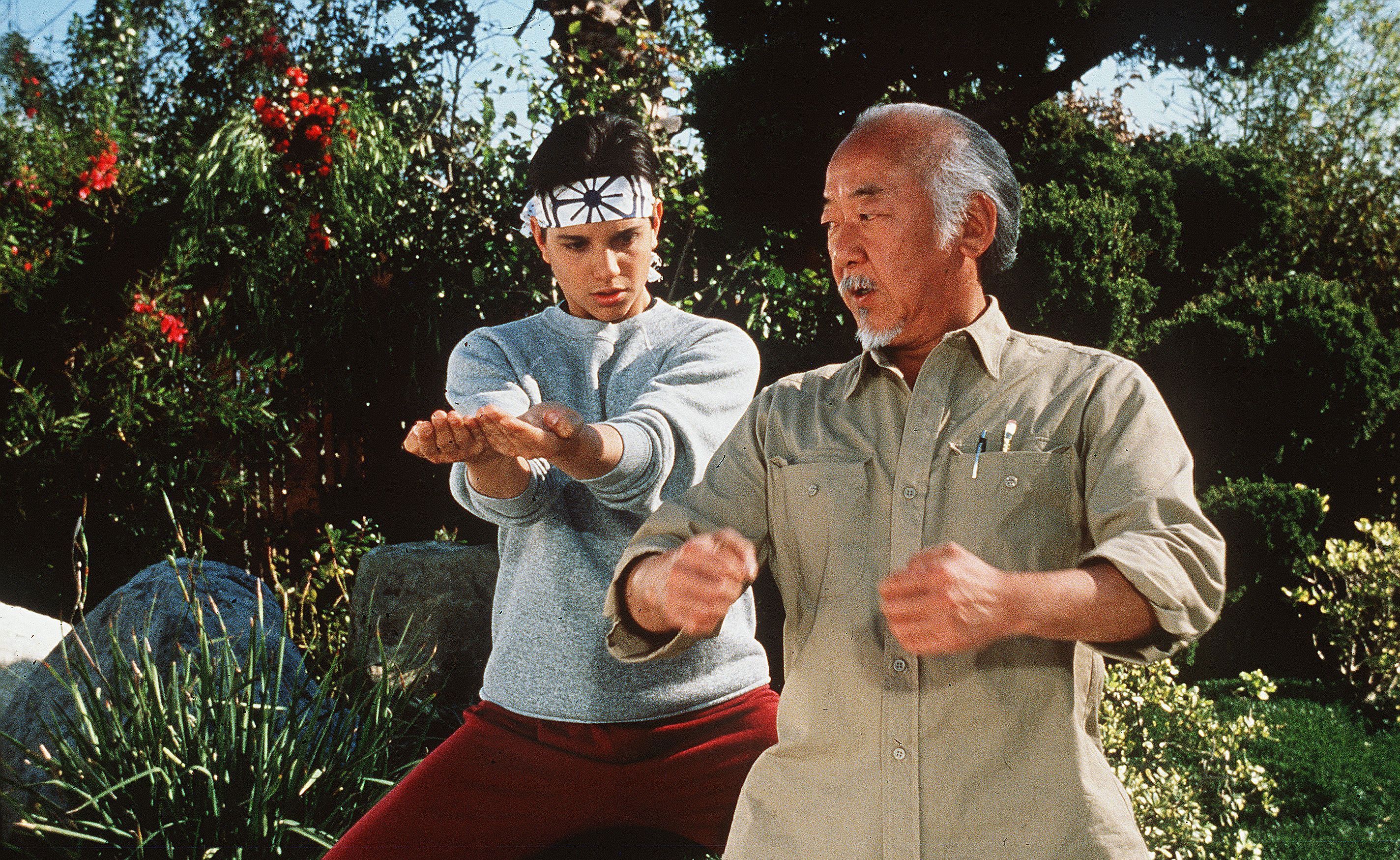
Most of my audience and fellow misfits? They are familiar with Mr. Miyagi. Yes, Daniel in The Karate Kid. The ones with no clue who Mr. Miyagi is are often screenagers familiar with Mr. Han.
For the fashion, retail, and marketing freaks? What can you learn from sensei Señor Ortega?
Ortega is an exceptional visionary leader with an exponential mind that can help stretch our linear minds. I’m referring to the Mad Men brands, for example, which are still retailing like it’s 1999.
Amancio Ortega has risen from humble beginnings to become one of the wealthiest individuals in the world, with a net worth of $84.2 billion. Ortega’s age? 87 years old.
Ortega revolutionized the entire fashion industry, established a global power brand, and won the hearts of fashionista consumers with affordable, fast fashion.
What I found inspiring about Ortega’s life story? He started working as a delivery boy for a men’s shirt store and as an assistant in a tailor’s shop. He is the old-school type of guy: Humble, self-made, with generosity gene.
Ortega shares his wealth through his philanthropic foundation, focusing on i.e. healthcare and education.
In 2011, Amancio Ortega stepped down as chairman of Inditex, though he remained involved with the company and retained his majority stake.
We decided to share our deep dive so that you can discover the business and life lessons from the emperor of fashion.
Ortega: From Fashion Delivery Boy to Multi-Billionaire Fashion Titan
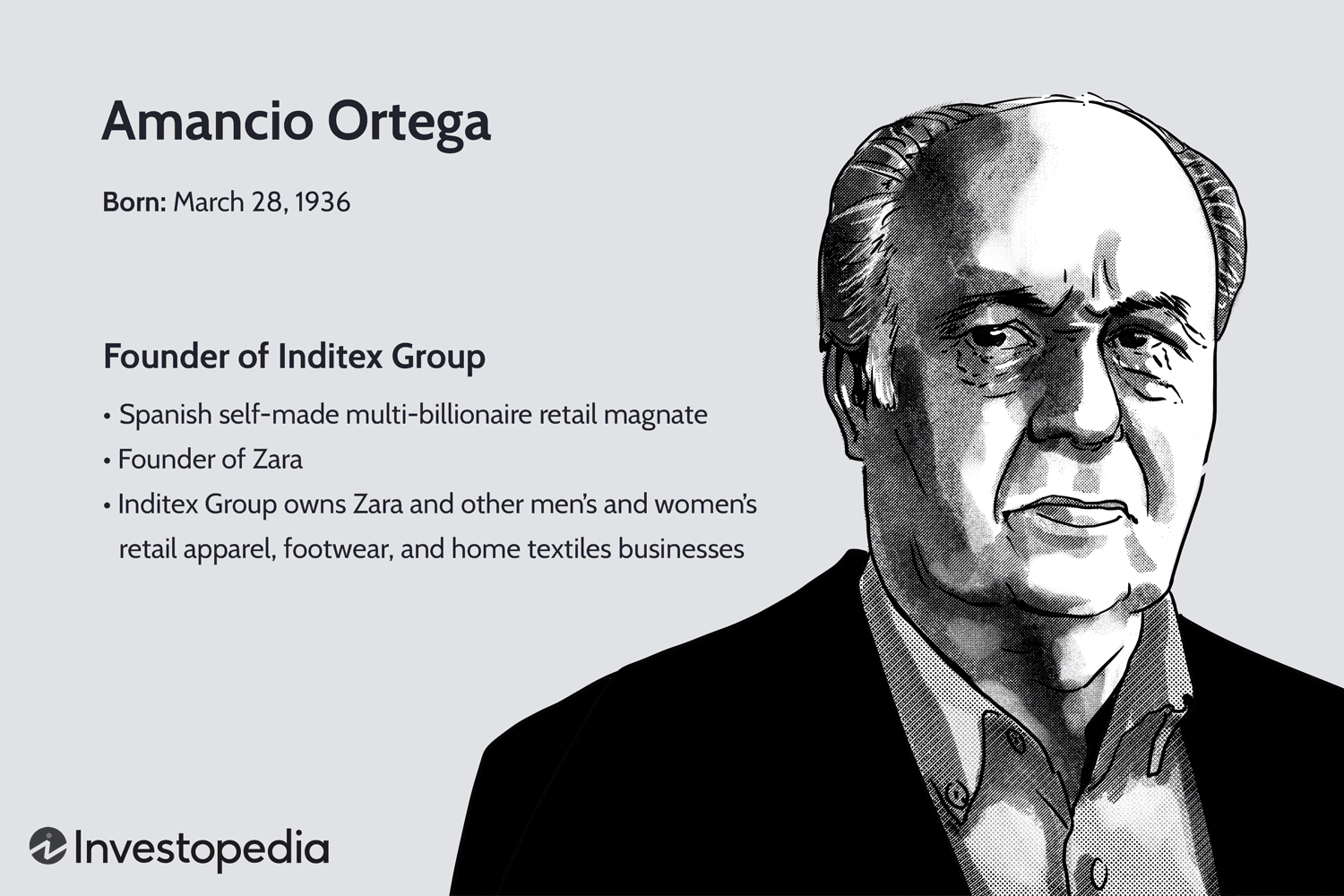
Ortega’s journey into the fashion world began early. His first job? Delivery boy for a men’s shirt store. His second job? Assistant in a tailor’s shop. He is completely self-made!
He was exposed to the intricacies of manufacturing and delivering clothing directly to customers. In 1963, he founded Confecciones Goa, a bathrobe business that would later become Inditex.
Ortega opened the first Zara store in A Coruña, Spain, in 1975, marking the beginning of a new era in fast fashion.
Inditex, founded by Ortega in 1985, revolutionized the fashion industry with its fast-fashion concept. This approach involves quick response to fashion trends and consumer demand, enabling the delivery of new fashions to stores within weeks of their spotting on runways.
Unlike many competitors, Inditex produced a significant portion of its garments in Spain and surrounding countries, maintaining control over production quality and speed.
By 2008, Inditex had emerged as the world’s largest fashion retailer, with Ortega at the helm of this success.
Net Worth Amancio Ortega: $84.2 Billion – Meet a Self-Made Billionaire

As of November 2023, Amancio Ortega, best known for founding the Zara and Bershka clothing and accessories chains, had a net worth of $73 billion.
This valuation made him the third-wealthiest person in Europe, trailing only behind Bernard Arnault and Francoise Bettencourt Meyers.
However, more recent data from the Bloomberg Billionaires Index, updated to reflect his status as of 2024, indicates that Ortega’s net worth has increased to $84.2 billion.
This discrepancy in the figure highlights the dynamic nature of billionaire net worth evaluations, which can fluctuate based on factors including stock market performance, investments, and asset valuations.
If, for example, Tesla shares drop dramatically? Elon Musk’s net worth tumbles. That can happen on any given Sunday.
The brands under the Inditex empire?
- Bershka
- Massimo Dutti S.A.
- Oysho
- Pull & Bear
- Stradivarius
- Zara
- Zara Home
According to Inditex’s latest financial reports, the company generated revenue of $34.90 billion and a net profit of $4.42 billion. The Inditex Annual Report 2022 provides more numbers (in EUR).
Zara founder Ortega’s real estate fortune hit $20.08 billion in 2022. Pontegadea, the Ortega family investment vehicle, has pumped up its portfolio lately by investing in logistics centers used by large global companies such as FedEx.
In addition to office buildings, he also invested in luxury buildings in the United States and Europe.
Although Ortega enjoyed tremendous international success in an industry that fed on public images and publicity, he himself shunned the press and lived a strictly private life.
On the day of Inditex’s public offering (IPO) in 2001, Ortega reportedly worked a regular schedule and ate lunch in the company’s cafeteria—despite his net worth having risen by $6 billion.
Zara’s Fast Fashion Retail Success? It’s Supply Chain 4.0 – Vertically Integrated
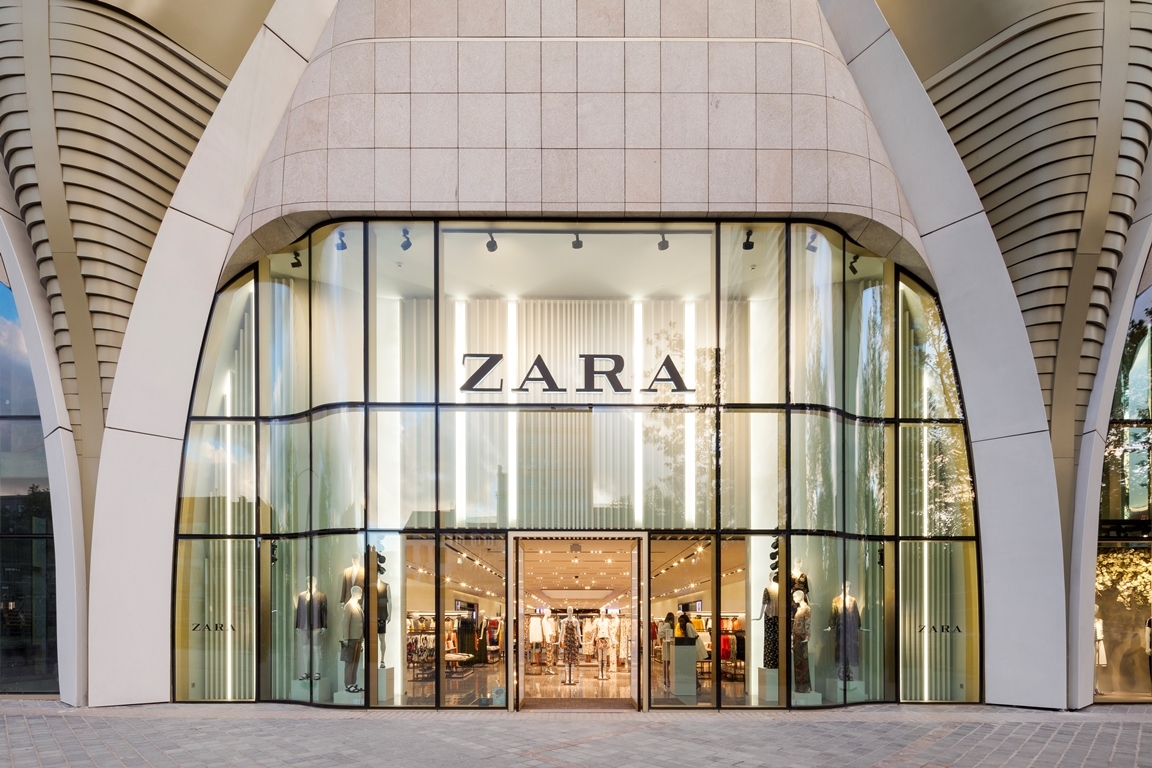
Zara is renowned for developing a new product and getting it to stores within two weeks, while other retailers take six months. What Zara trend scouts see in other fashion shows can be produced, delivered, and in-store within 2 weeks!
Zara said goodbye to the traditional retail fashion seasons of fall, winter, spring, and summer. Instead, Zara introduced new arrivals weekly year-round. Fast fashion is one of the main reasons loyal clients visit Zara stores 15-25 times yearly.
Zara invests in its collections, fashion items, and stores rather than sponsoring media companies with heavy advertising.
Scaling Zara to a global brand? The clothing retailer has more than 3,000 stores, including its Zara Kids and Zara Home stores. Zara has stores in 96 countries and is the flagship brand of the Inditex Group – with a total of 7.000 stores.
One of the most important success factors we have scoped? Zara’s insane Industry 4.0 Supply Chain. Including automated warehousing, robots, and superb delivery skills. Often called Supply Chain 4.0
Zara’s supply chain is not only super advanced but also vertically integrated. What does that mean in terms of marketing?
Zara’s vertical supply chain allows it to control all aspects of its business, from design to distribution, contributing to its ability to adapt quickly to new trends.
The below visual shows an example of a 4.0 supply chain – It’s not the supply chain of Zara:
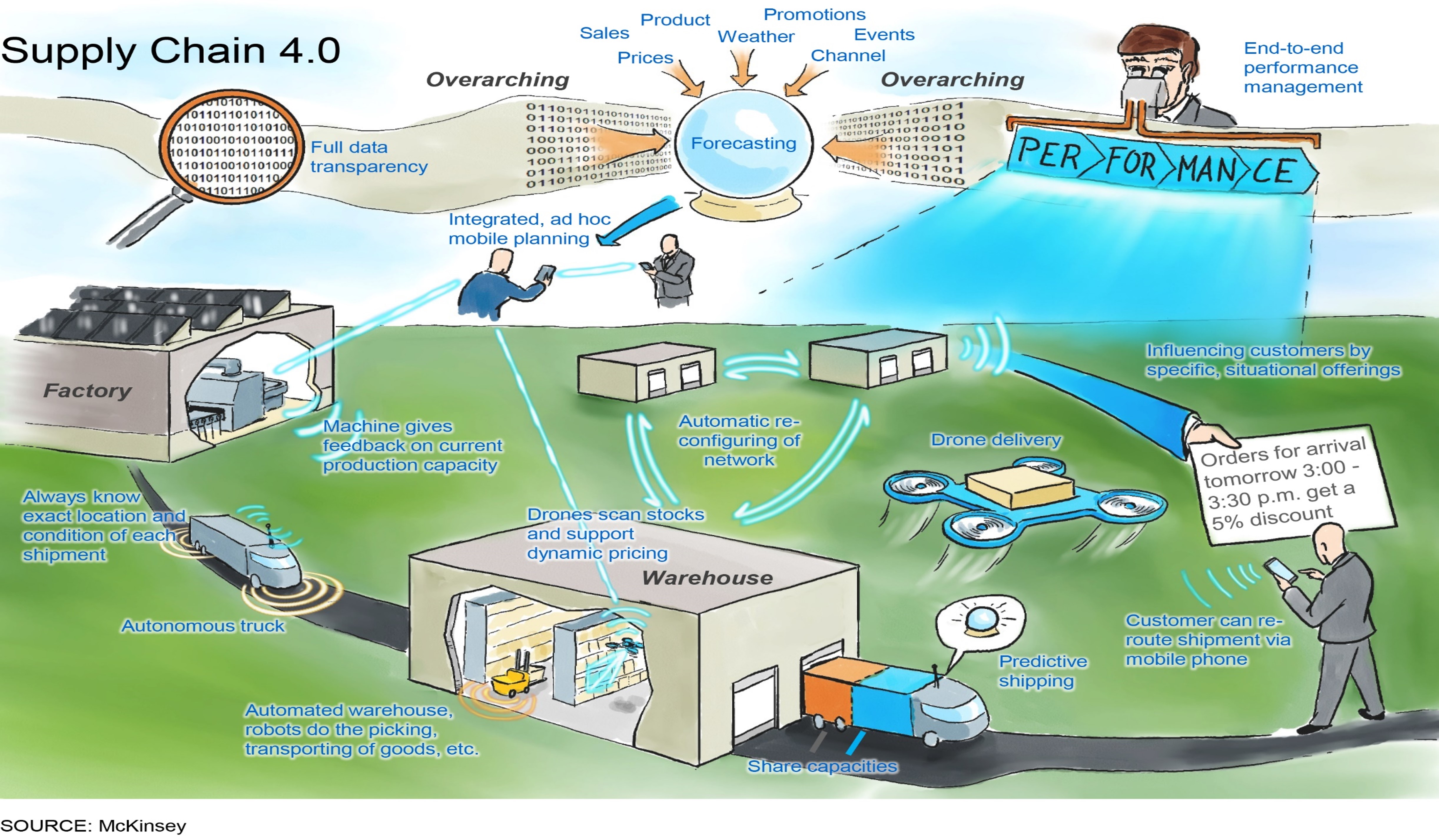
In summary, Supply Chain 4.0 benefits retailers by increasing visibility, improving decision-making, automating, increasing warehouse efficiency, massive cost savings, and improving customer experience.
Automation of manual tasks leads to increased efficiency and reduced costs. Additionally, companies can provide a more personalized customer experience, even mass customization, leading to improved customer loyalty and increased sales.
Supply Chain 4.0 not only facilitates fast fashion in retail stores but can also boost customized digital commerce.
Hardly any retailer other than Amazon has ever achieved that so far.
Amancio Ortega Foundation: Philanthropy in Healthcare & Education

Beyond his business achievements, Amancia Ortega is known for his philanthropy.
The Amancio Ortega Foundation, established in 2001, has significantly contributed to various causes, particularly in healthcare, education, social welfare, and the environment.
In 2017, the foundation pledged $345 million to provide the latest breast cancer screening and treatment technology to public hospitals across Spain. This commitment aimed to enhance the precision of diagnoses and the effectiveness of treatments, benefiting thousands of cancer patients annually.
Ortega’s charitable efforts extend beyond healthcare. His foundation has supported student scholarships to study abroad and building early learning centers in Galicia, his home region. These initiatives reflect Ortega’s commitment to giving back to the community and improving people’s lives in Spain and beyond.
Read more details about the philanthropic pursuits of the Amancio Ortega Foundation.
Inditex – Sustainability and Responsibility – Goals Towards 2040
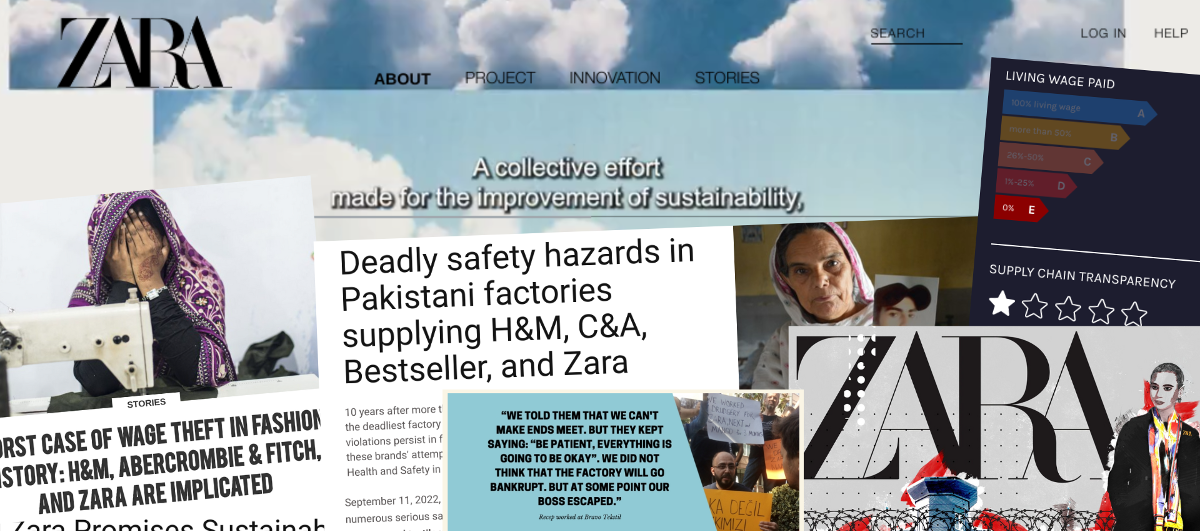
Zara’s parent company, Inditex has set ambitious sustainability goals and commitments. The company aims to be 100% free of single-use plastics for all its customers, use 100% organic cotton, recycled cotton, or Better Cotton, and make 100% of its textile products from materials with a smaller environmental footprint by 2030.
Additionally, Inditex is working towards cutting its emissions by over 50% by 2030 and attaining zero net emissions by 2040. As part of its biodiversity commitments, the company also plans to support projects for protecting, restoring, or regenerating up to 5 million hectares by 2030.
The company has been urged to be more transparent about its supplier list and pay living wages to its workers, but concerns remain about the treatment of garment workers in the company’s supply chain.
In this regard, it is critical to continue monitoring the fashion industry’s progress in meeting its sustainability and responsibility goals, particularly those concerning the treatment of its garment workers and supply chain transparency.
Where have we heard this before? Nike.
Conclusion
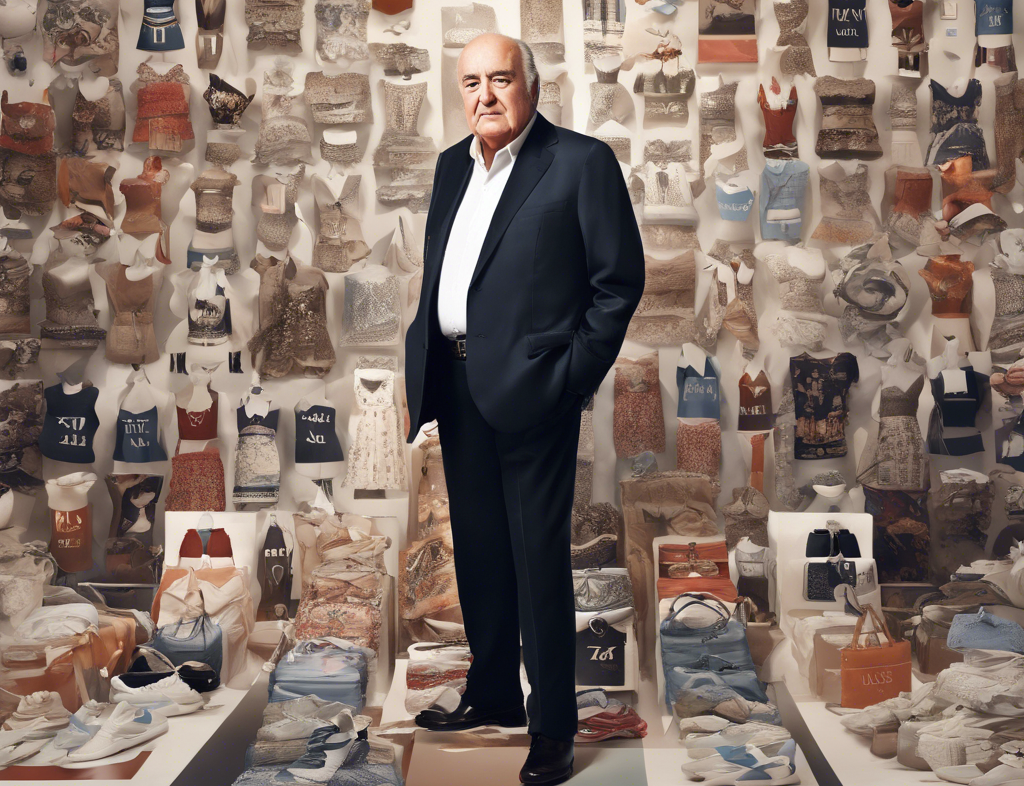
Embracing disruptive innovations and riding the right exponential tech trends can fuel exponential growth.
Firstly, Amancio Ortega disrupted the fashion retail industry with fast fashion: weekly collections, no longer the traditional four seasons. The formula is a store magnet. Loyal customers keep returning for more, driving Average Revenue Per User (ARPU).
Secondly, Ortega envisioned global scale at pace. He invested in infrastructure and a vertically integrated Supply Chain 4.0 – the Amazon way: All-in!
Zara’s eCommerce strategy combines omnichannel marketing with a sophisticated automated marketing platform, enhancing the shopper’s experience and keeping messaging on-target and personal.
Zara’s social media strategy is unconventional. It uses artistic photos of clothing and creates a sense of scarcity by producing products in smaller numbers, creating exclusivity and urgency.
As a self-made serial entrepreneur, Ortega’s philanthropic efforts, particularly in healthcare and education, underscore his commitment to positively impacting society.
As he continues to navigate the challenges and opportunities of the fashion industry, Ortega’s legacy as a visionary entrepreneur and philanthropist is something many of us can learn from.
Can you write down 8 tech trends under the hood of Industry 4.0 that you would coin towards 20230? If hired as the new Zara CEO, would you ride tech trends like IoT and IIoT? AI? Robots? 3D Printing? Wearable? What else?
Get Access To My Uncensored Voice of Reason
We all know the mainstream media is full of propaganda and bribed journalism. Big Tech makes it even worse with its content censoring, fake fact-checkers, and fading social channels to black.
Should I add #fansonlease, walled gardens, and squeezing artists like lemons to the toxic social media list?
Subscribe to Math Man Magazine – my uncensored voice of reason – in your mailbox for free!
In my newsroom, you can see me in action with Sir Richard Branson, Novak Djokovic, and Max Verstappen. Here, you can also watch interviews, podcasts, and backstage content.
About the Author
In the spotlights, Igor Beuker is a top marketing innovation keynote speaker and futurist known for his foresight on trends and technologies that impact business, economy, and society. Behind the scenes, a serial entrepreneur with 5 exits and an angel investor in 24 social startups. Board member at next-level media firms, changemaker at Rolling Stone Culture Council, Hollywood sci-fi think tank pioneer, award-winning marketing strategist for Amazon, L’Oréal, Nike, and a seer for Fortune 500s, cities, and countries.
Related Posts
MONTHLY MEMBER SPECIAL

